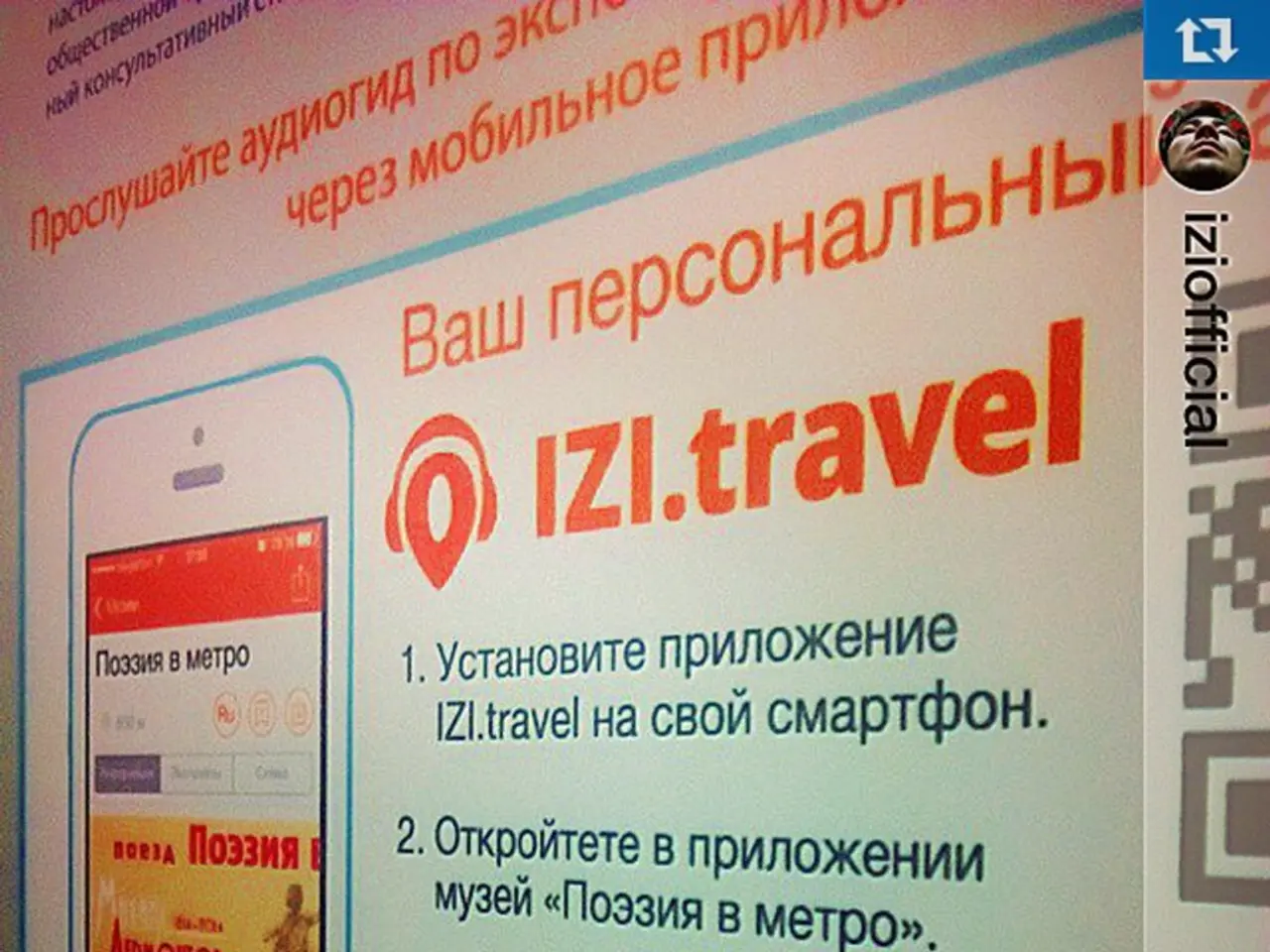Exploring 15 Creative Applications of Augmented Reality in Marketing
The world of marketing is undergoing a significant transformation, with Augmented Reality (AR) technology leading the charge. In 2025, AR marketing is making a substantial impact across various industries, particularly retail, e-commerce, and entertainment.
AR Marketing: A Game Changer
The AR advertising market is projected to reach $8 billion by 2025, with AR-enhanced out-of-home (OOH) campaigns delivering engagement rates up to 300% higher than traditional static ads. AR campaigns offer 3x higher brand lift, 59% cost reduction, 70% higher memory recall, and 4x longer engagement times than mobile video ads, demonstrating AR’s superior effectiveness for marketing [1][2].
Interactive, Immersive Experiences
AR marketing is moving from passive viewing to highly interactive experiences. For instance, AR billboards now allow real-time 3D manipulation by users through their smartphones, and markerless AR uses GPS and visual recognition for frictionless user activation without QR codes. This enhances user interaction duration dramatically, from 2-3 seconds on static ads to 75 seconds or more on AR-enabled displays [1].
Retail and E-commerce Applications
AR enables virtual "try before you buy" experiences, letting customers visualize products in their actual environments or try-on apparel and accessories digitally on platforms like Instagram. This not only improves customer engagement but also builds trust and increases conversion rates by helping buyers make more informed decisions [4].
Entertainment and Social Media Integration
Major brands leverage AR on platforms like TikTok and Snapchat to engage younger audiences with viral campaigns—Samsung's #VideoSnapChallenge showcased interactive product demos with 14.8 billion views globally. These social AR campaigns blend entertainment and marketing, boosting brand awareness and educating consumers on product features via highly shareable content [2].
Trends in Content Creation and Delivery
AI-powered content creation is enhancing AR marketing by optimizing visuals and personalizing experiences based on audience data. Short-form video content combined with AR effects is increasingly dominant on social media platforms, particularly Instagram Reels and TikTok, fueling immersive storytelling [3][4].
Notable Examples of AR Marketing
IKEA's Furniture Placement app and Pepsi Max's AR campaign are successful examples of AR marketing. The IKEA app allows customers to preview furniture and products in their homes before making a purchase, while Pepsi Max created an AR campaign that allowed customers to play a virtual game of football with their favorite players.
Sephora's Virtual Artist app also stands out, allowing customers to try on makeup virtually before making a purchase. Amazon, too, has an AR feature that enables customers to see how certain products will look in their homes before making a purchase.
Potential Challenges
Despite its numerous benefits, AR marketing comes with potential drawbacks. Expense, limited reach due to technology access, and negative customer experience if not well-designed or executed are among the challenges companies may face.
The Future of AR Marketing
Future trends for AR technology in the marketing sector include the use of AR in social media platforms, the integration of AR with voice assistants, and the development of more advanced AR hardware. Brands are turning their packaging into gateways for AR experiences, creating virtual storefronts and showrooms to showcase their products.
AR in Social Media Filters and Lenses can turn a social media interaction into a virtual product sample. Companies are also exploring the use of AR in events to create unique and memorable experiences for attendees.
In summary, AR marketing in 2025 is characterized by highly engaging, interactive, and personalized experiences that directly connect online and offline consumer journeys, significantly increasing brand engagement and conversion across retail, e-commerce, and entertainment sectors [1][2][4].
[1] Adweek. (2021). The Future of AR Advertising: A Look at the Technology and Trends Shaping the Industry. [online] Available at: https://www.adweek.com/digital/the-future-of-ar-advertising-a-look-at-the-technology-and-trends-shaping-the-industry/
[2] Business Insider. (2021). The future of AR advertising: Why brands are using AR to connect with consumers. [online] Available at: https://www.businessinsider.com/the-future-of-ar-advertising-why-brands-are-using-ar-to-connect-with-consumers-2021-7
[3] Forbes. (2021). The Future Of AR In Marketing: How Brands Are Using Augmented Reality To Enhance Customer Experiences. [online] Available at: https://www.forbes.com/sites/forbesagencycouncil/2021/04/28/the-future-of-ar-in-marketing-how-brands-are-using-augmented-reality-to-enhance-customer-experiences/?sh=6f068f57596c
[4] Marketing Week. (2021). The future of augmented reality in marketing: what brands need to know. [online] Available at: https://www.marketingweek.com/technology/the-future-of-augmented-reality-in-marketing-what-brands-need-to-know/
- The increasing integration of Augmented Reality (AR) technology in industries like entertainment and social media is transforming the landscape of general-news and lifestyle, as brands use AR to create immersive experiences and captivating content that engage audiences more effectively.
- In the realm of retail and e-commerce, AR technology is revolutionizing shopping experiences by providing virtual "try before you buy" options and enhancing brand engagement, showcasing a fusion of technology, entertainment, and a modern lifestyle.




